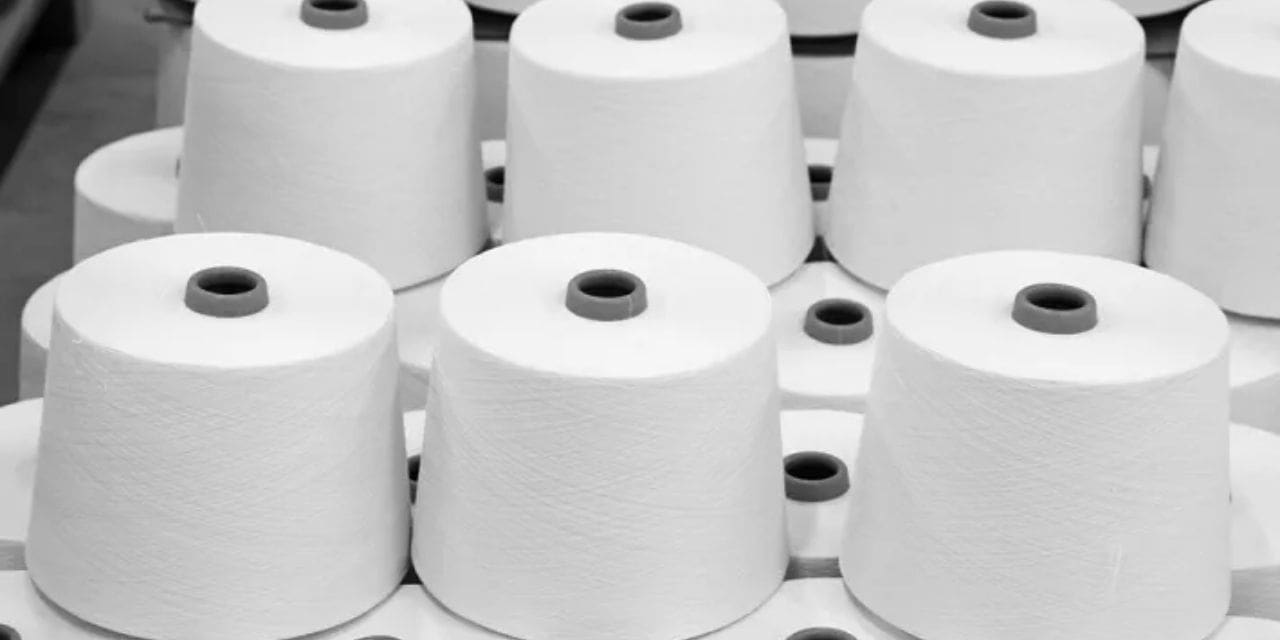The cotton yarn supply trend in India is likely to change in the coming months, as spinning mills may reduce production of yarn of lower counts to cope with the decreasing availability of cotton. The production of thick yarn of lower count consumes more cotton and hence focusing on production of yarn of higher count will limit the consumption of cotton.
However, the increased focus on yarn of higher count may squeeze the supply of thick yarn and increase availability of fine yarn of higher counts in the domestic market.
The supply of cotton is not expected to improve till the arrival of the new crop in October, even after the latest decision by the Indian government to remove around 11 per cent duty on cotton imports. It is because the production estimates of cotton in last season are lowering gradually. The supply of cotton in mandis is also decreasing. As a result, cotton prices are feeling the heat and continuing a bullish trend.
Currently, the demand of yarn is also sluggish due to cautious buying by the weaving and garment industry. But prices are not likely to go down and may maintain upward trend, according to market experts, as cotton supply will be lower in the months to come.
Given the scenario of bullish price trend of cotton and weak demand of yarn, the spinning mills will focus on producing thinner yarn of higher counts. It will enable the mills to continue production by limiting consumption of cotton in off-peak season of arrival.
Trade sources said that mills are likely to reduce production of thick yarn of up to 20-25 counts which is used mainly in denim, suiting, knitwear etc. On the other hand, these mills may increase production of thinner yarn of over 30 counts. Such yarn is used in many other items like shirts, t-shirts, hosiery, dress material, kurtas, etc.
According to traders, mills can tackle possible scarcity of cotton effectively by increasing the production of thinner yarn. Doing so will also enable them to protect their margins as thinner yarn is priced higher in the market.
Regarding price influence of the trend, market sources said that yarn prices will be determined by the demand from the weaving and garment industry. At present, mills and stockists are facing a mismatch of demand and availability of yarn of various counts. Many times, yarn of demanded counts is not available while yarn of few counts is over supplied amid lower buying. It is believed that the mismatch between the demand and supply of yarn in terms of count may continue. Currently, it is difficult to assess the demand of yarn of a particular count. Generally, the difference in the prices of yarn of different counts remains fixed. For example, 30 count combed yarn costs ₹5 per kg more than 25 count combed yarn.

